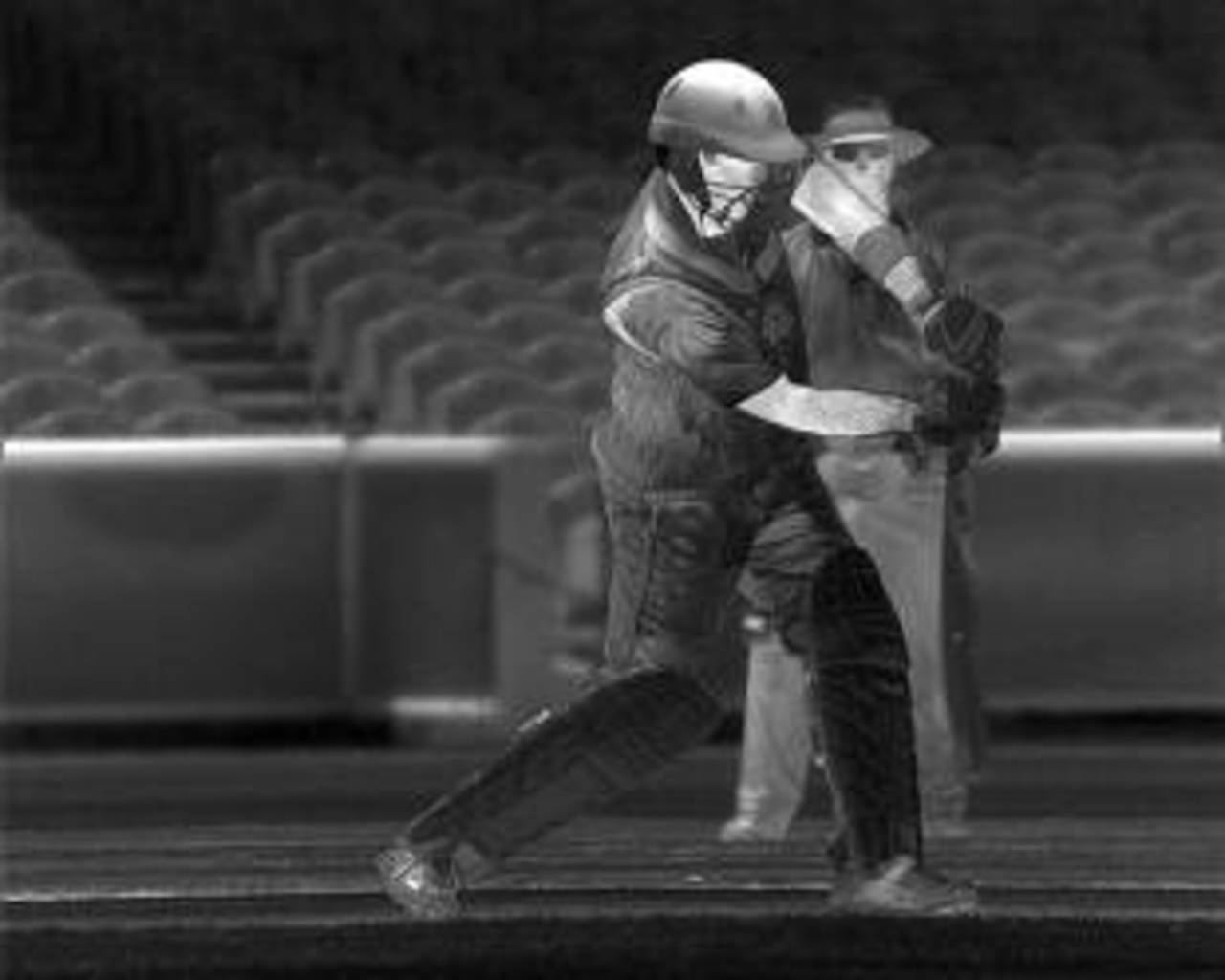New cameras should capture faintest of edges - Hot Spot inventor
The inventor of Hot Spot, Warren Brennan, believes his technology can now pick up even the faintest of edges after the development of more sensitive cameras

The edge is captured more clearly in the new Hot Spot camera used in a trial during a Sheffield Shield game at the MCG this season • HotSpot

Brydon Coverdale is an assistant editor at ESPNcricinfo